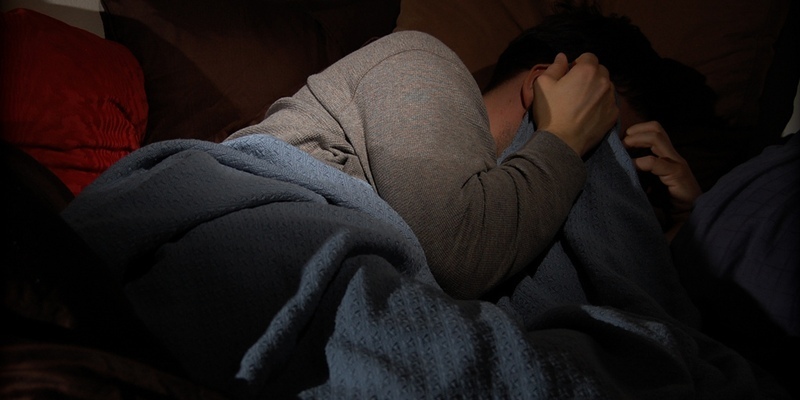The number of people self-harming in Tayside is on track to drop for a third consecutive year.
Latest figures obtained through a freedom of information request from NHS Tayside reveal that from July 2010 to April this year 761 people were admitted to the health board for deliberate injuries. Although still high, that number is on course to fall short of the July 2009 to June 2010 figure of 926 and well below the 1045 recorded over the year prior to that.
A new Dundee support group that offers advice to sufferers and a safe environment to discuss the difficult subject has welcomed the reduction. Hollie Morrison, founder of Rebound SHS, told The Courier that the findings were encouraging.
“One of the reasons that this figure could be dropping is because more males are stepping forward and talking about self-harming,” she said. “Males are more likely to cut themselves than females, who tend to use chemicals to self-harm.
“It is traditionally a difficult subject for them to talk about but there has been more awareness in recent years, which is helping.”
The vast majority of self-harm cases seen by medics were as a result of intentional self-poisoning by drugs, alcohol or chemicals. Other diagnoses include “self-harm by sharp object” and “jumping from a high place.”
The UK has one of the highest rates of self-harm in Europe, with 400 incidents recorded in every 100,000 people. Sufferers of the mental health illness are 50 times more likely to kill themselves.
Self-harm can sometimes be viewed as a “quick fix” for feeling bad and is often deemed as a way to gain control or even punishment. Mental health experts say the desperate act is a way of dealing with difficult feelings that gradually build up inside, such as feeling trapped and helpless, anger or tension, guilt and shame.
Sufferers are said to feel detached from the world and their body, a state of mind again to cope with distressing experiences such as trauma or abuse.
Self-harm can often be viewed as a taboo topic and as such can be a difficult subject to broach with family members. Experts recommend those affected meet with someone, or join a self-help group, to talk about their problem, which can help relieve the pressure of feeling alone.
Talk therapy boasts a proven track record underpinned by an alarming statistic that one in three people who self-harm will go on to do so again within a year if they don’t get help.
For more information on the work carried out by Rebound SHS email rebound_shs@yahoo.co.uk. Meetings are held from m7pm on the first Monday of the month at the Gate Church, Perth Road.
Photo used under a Creative Commons licence courtesy of Flickr user RLHyde.
